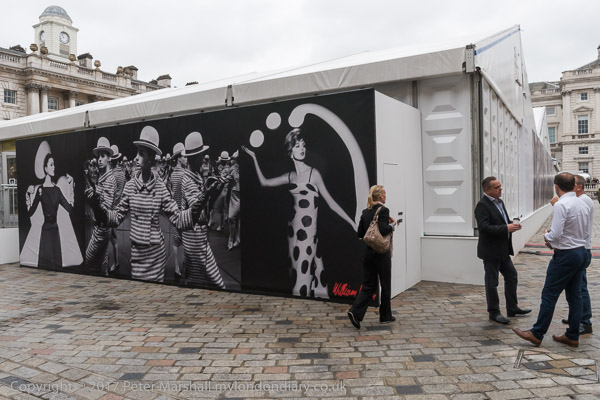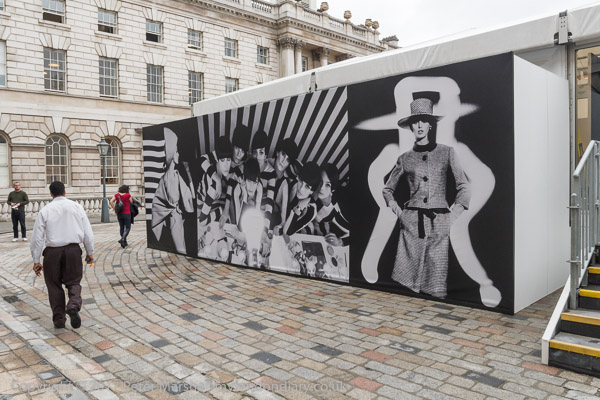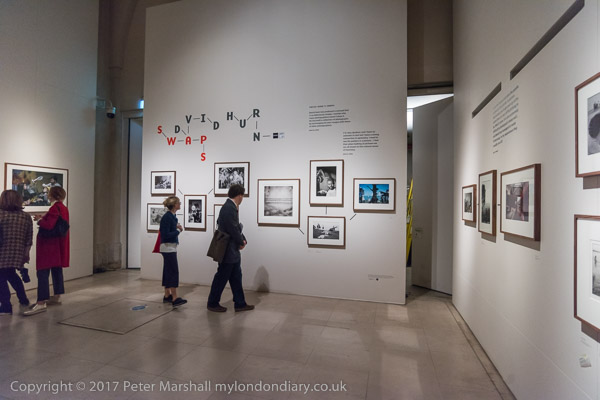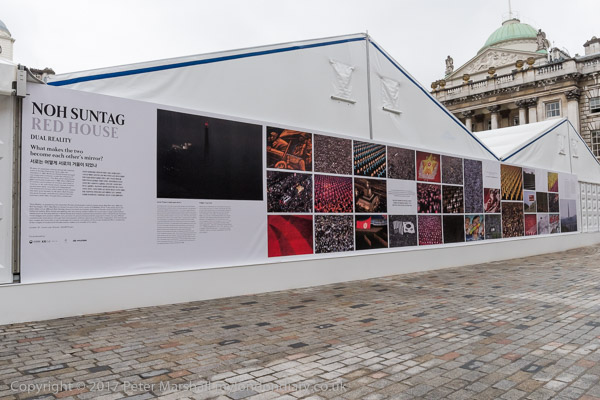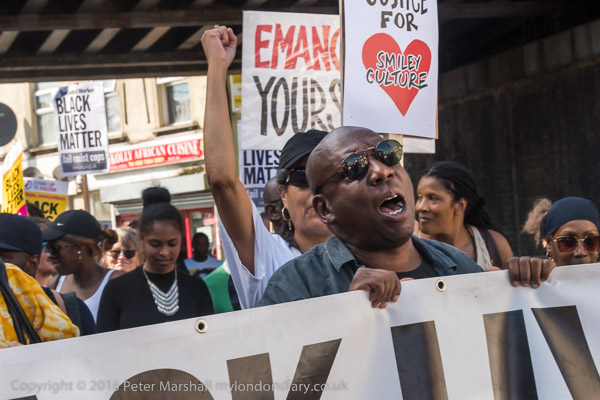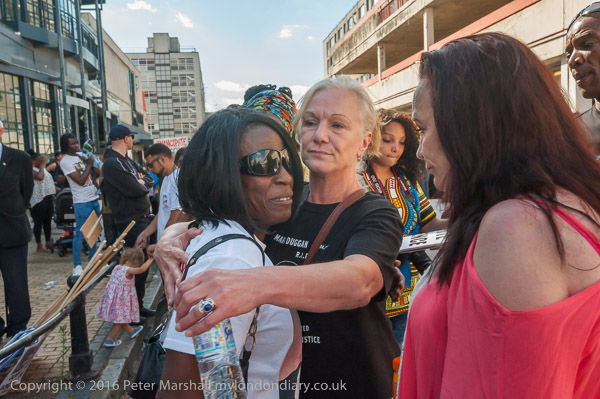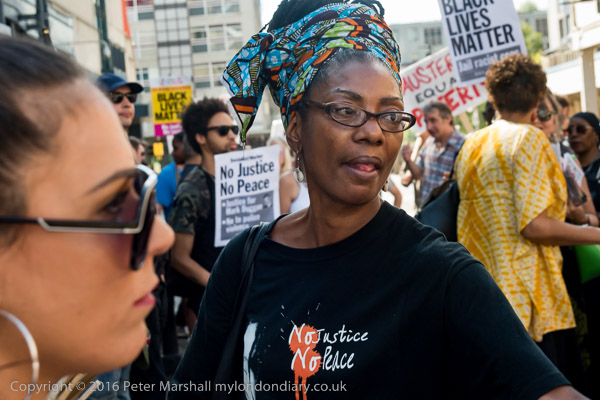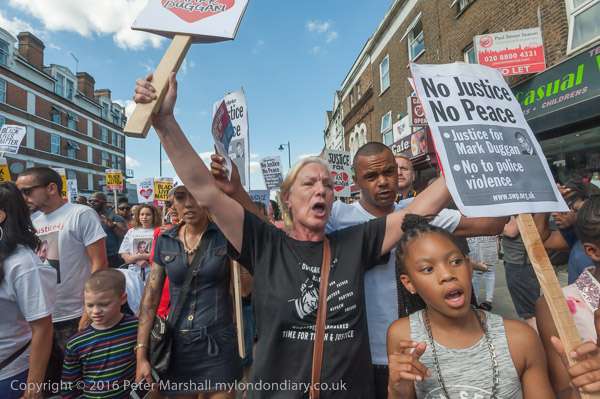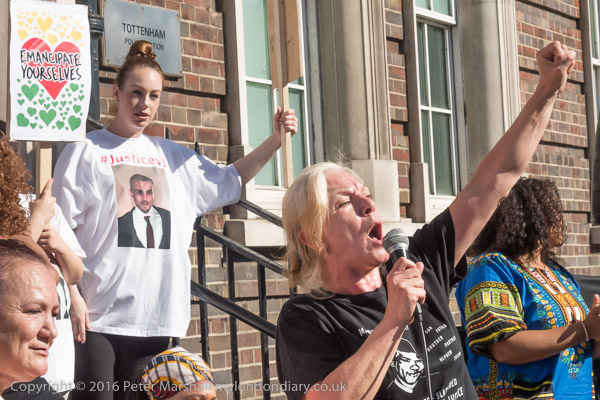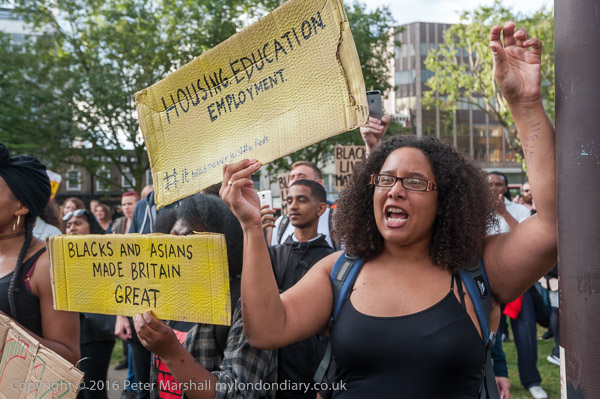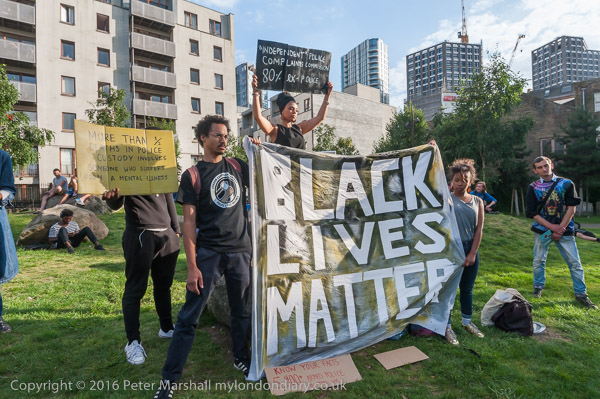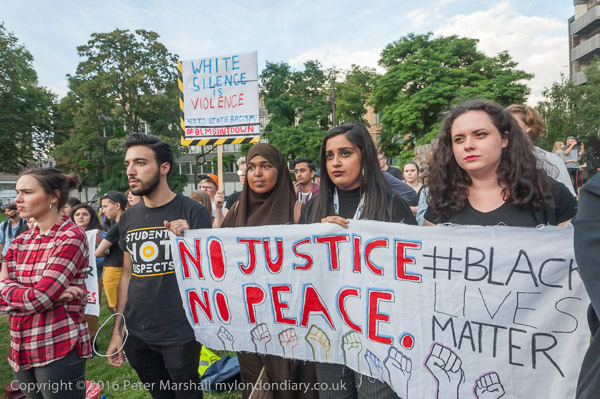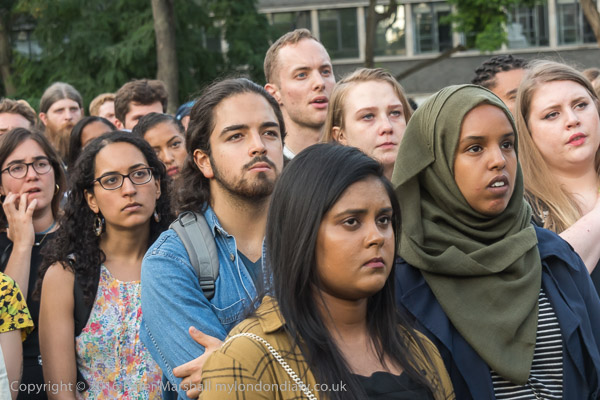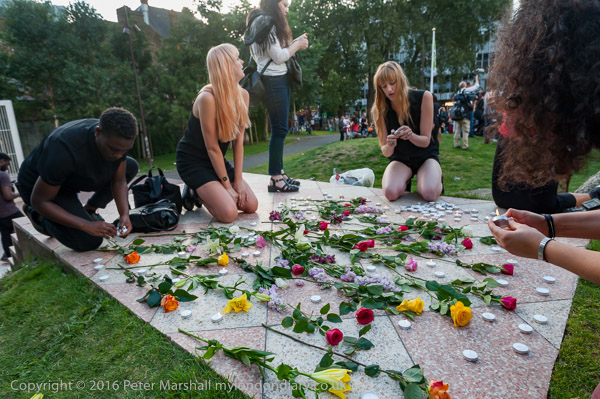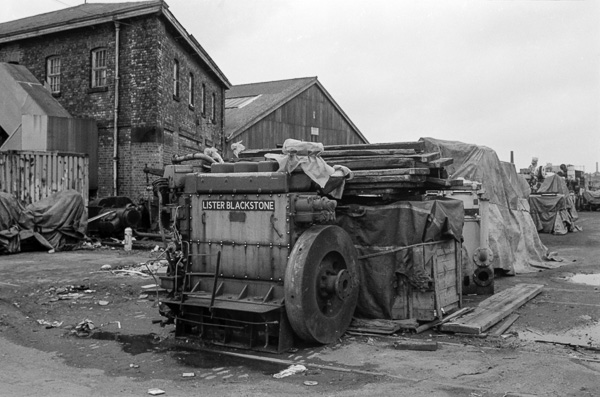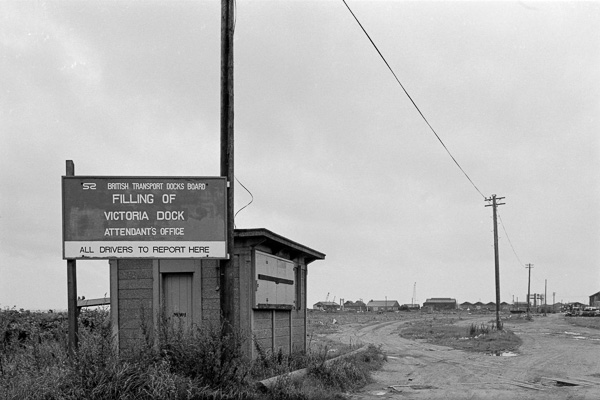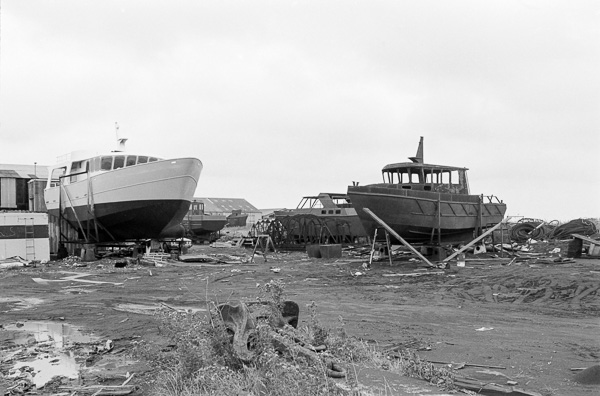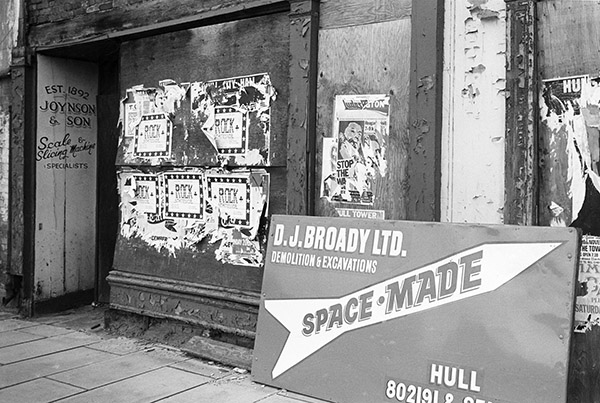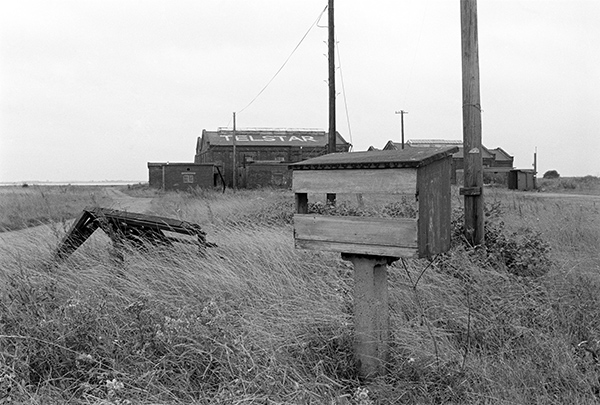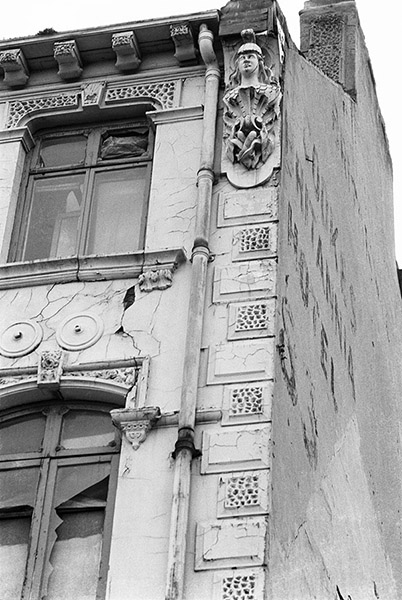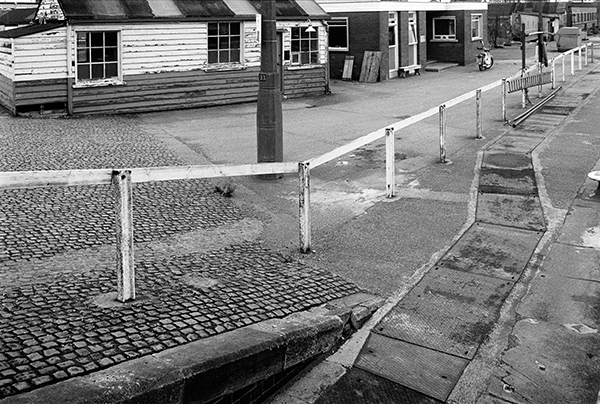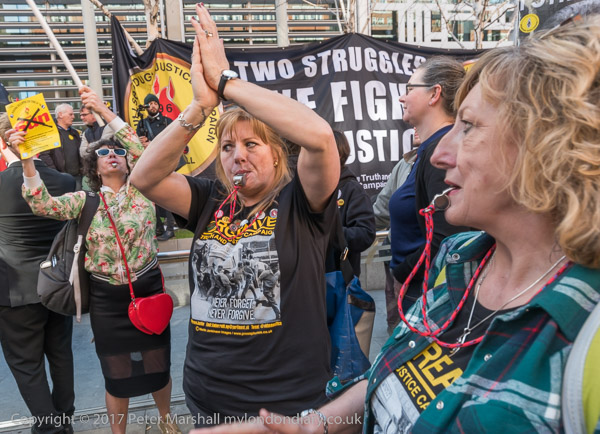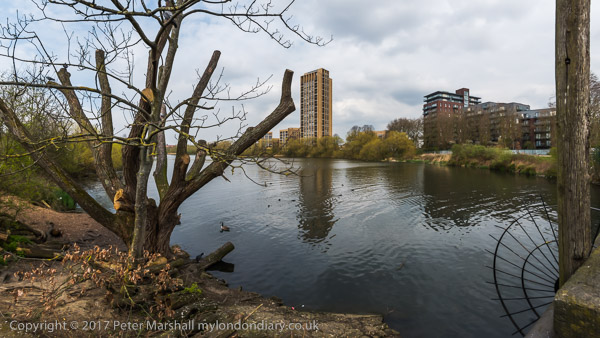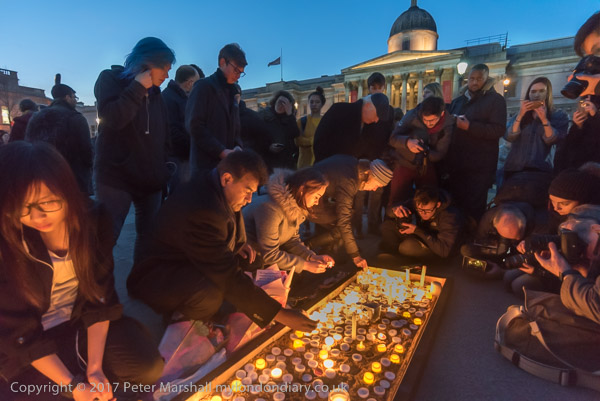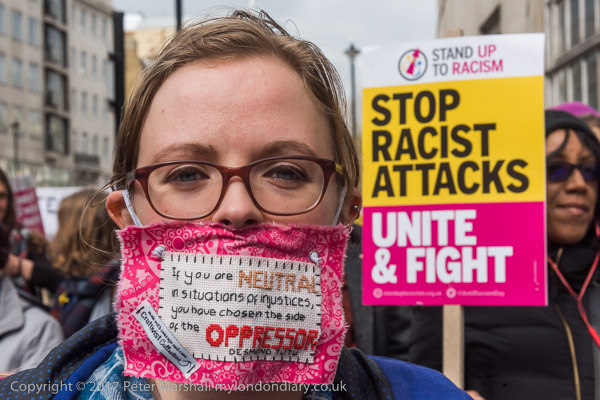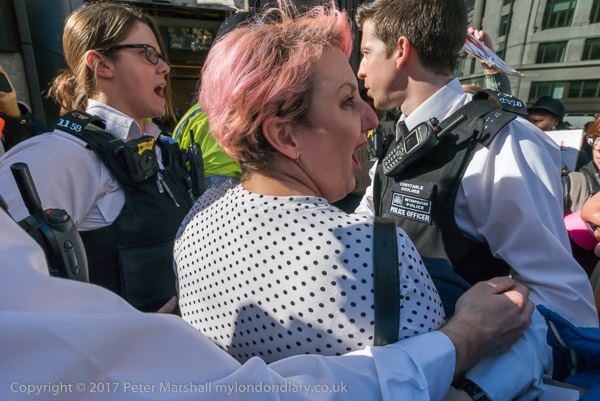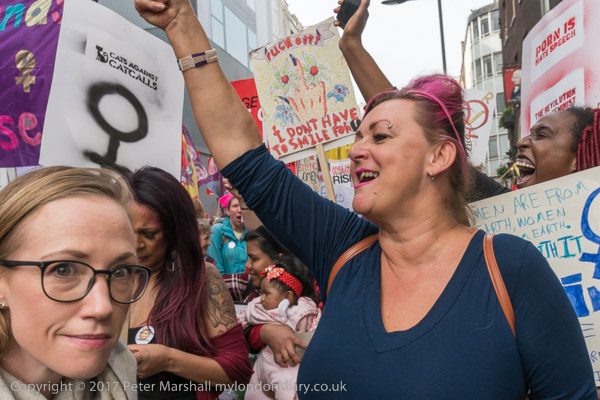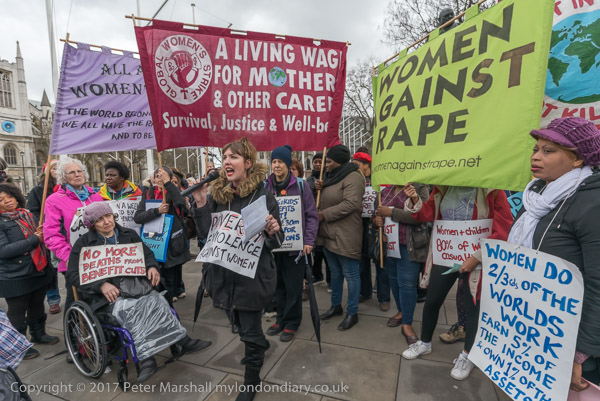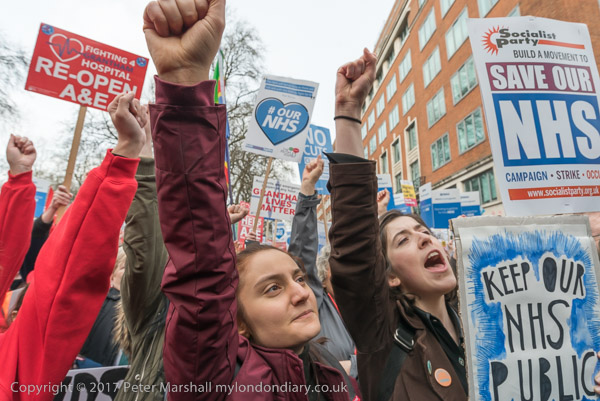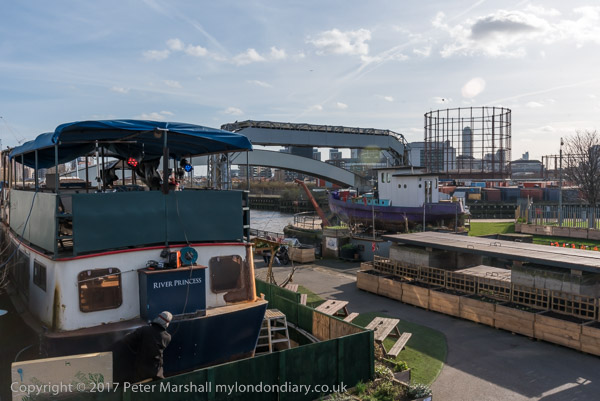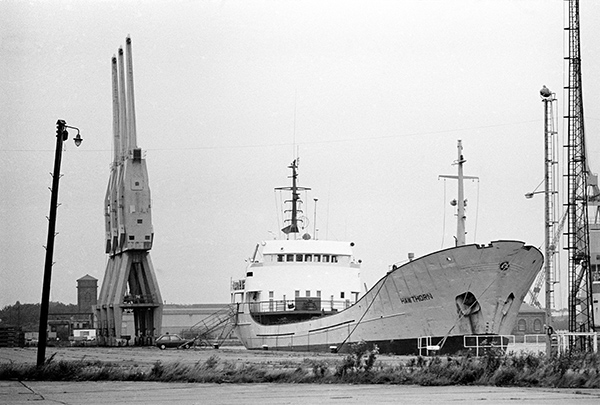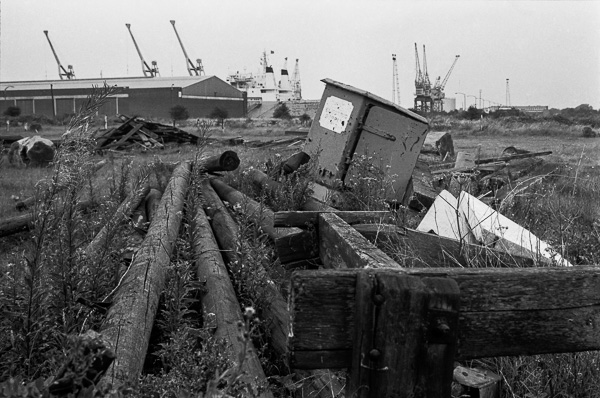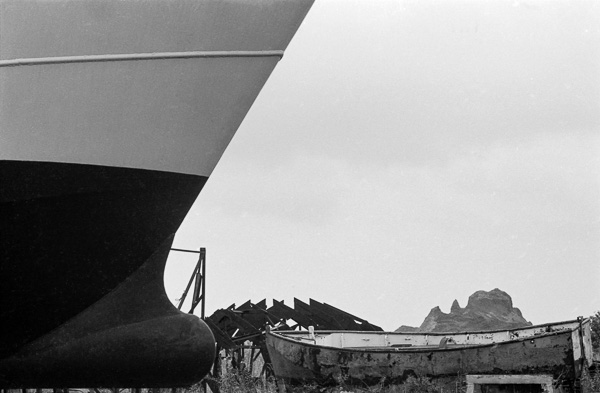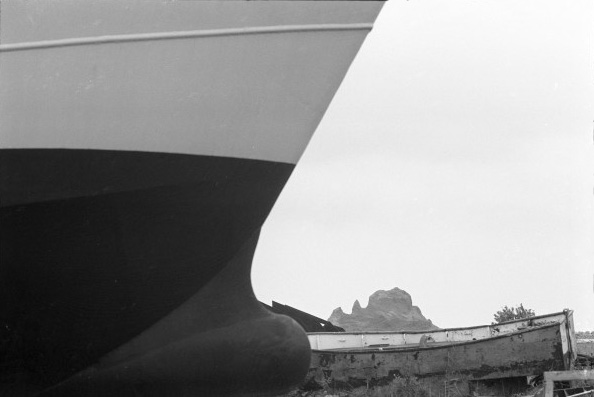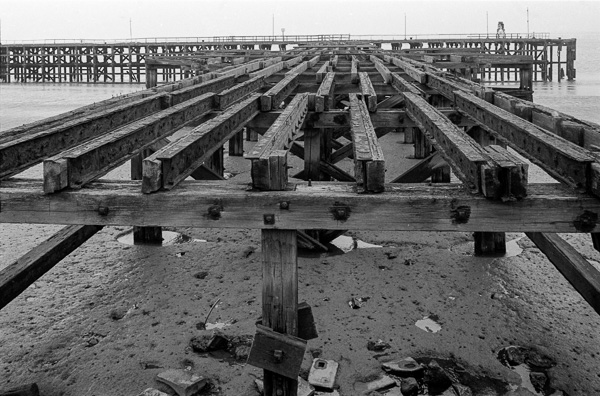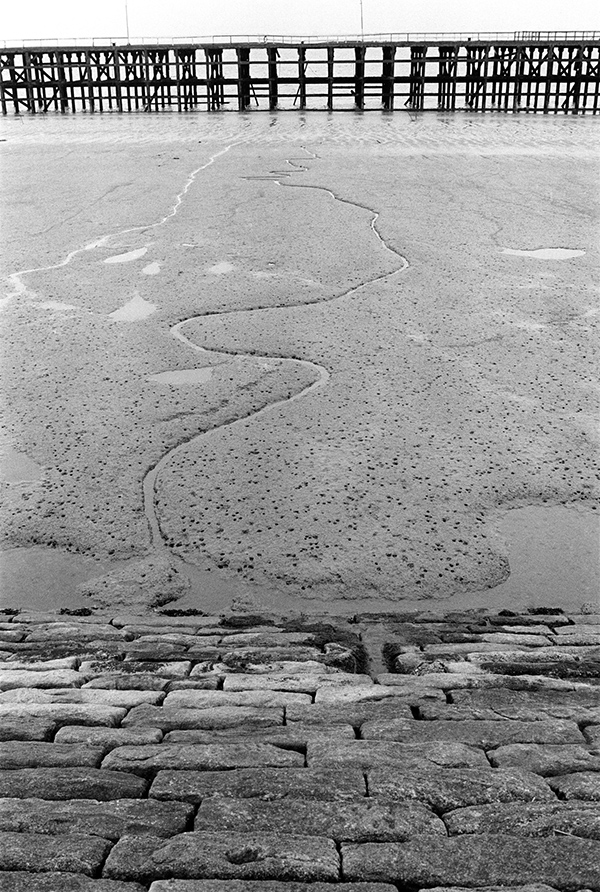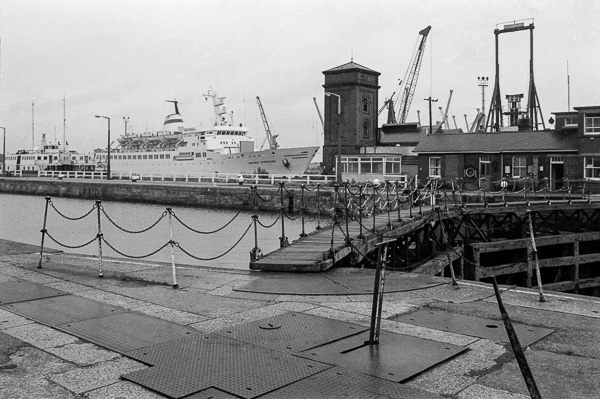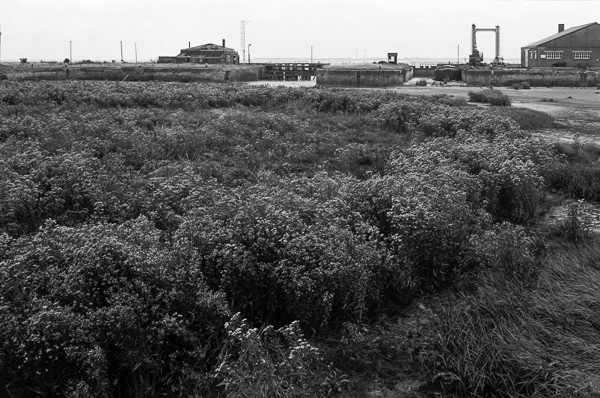4th May 2017
When I took this picture it struck me as being a statement about the state of Hull’s fishing industry, once so important but largely brought to an end by the Cod Wars. But the final settlement in 1976 was largely a matter of the Cold War rather than fish that settled Hull’s demise, with Iceland threatening to withdraw from NATO over the issue. This would severely have restricted NATO surface and submarine movements in the North Atlantic, between Iceland and Greenland and also between Iceland and the UK, and would have allowed Soviet submarines access to these waters.
Without these considerations a settlement would surely have been reached that kept the deep-sea fishing industry alive, if at a lower level than before. The British government under James Callahan sacrificed our deep sea fishing to the military hawks. Hull became a victim of the Cold War as well as World War II.
The picture was I think taken from the near the top of the steps up to the footpath which still leads across the roof of some of Albert dock sheds between the dock and the Humber, still one of Hull’s most interesting experiences. Around 20 years after I took this picture it became a part of the Trans Pennine Trail and European walking route E8. There are 3 blocks of barrel-vaulted sheds, each with 7 vaults alongside the Humber, designated from the east as A, B and presumably C. The footpath comes up from beside the entrance lock to the east end of block B, then goes along the top of this and block C, at the end of which steps lead down and the path continues beside the Humber. These boxes were I think in the space between blocks A and B – with a little of block B visible at top right. There is then a short drop down which hides the roadway to the narrow quay with the tee-head mooring bollard (numbered 205) and the Humber beyond.
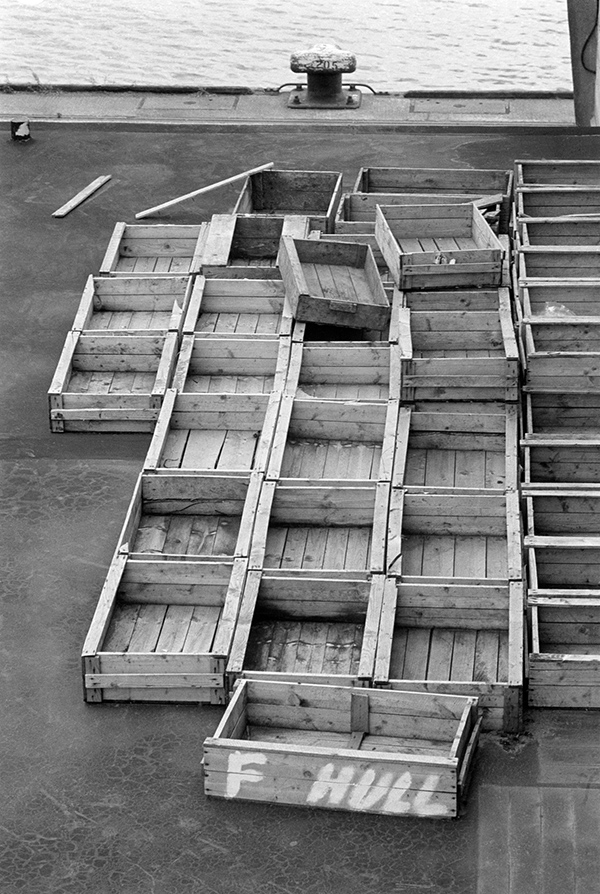
32q21: Empty boxes, Albert Dock, 1982 – Docks
5th May 2017
Taken through the girders of the steel swing bridge which took the road and a single rail track across the entrance lock to ALbert Dock. This bridge was across the centre of the lock was later replaced by a much less sturdy structure taking just a footpath across close to the other gate. The footpath also runs across the inside dock gate as an alternative route.
Albert dock was full of vessels but there was very little movement in or out of the dock and Hull’s fishing fleet was largely idle. Fish were I think still being landed, but now by Icelandic vessels.
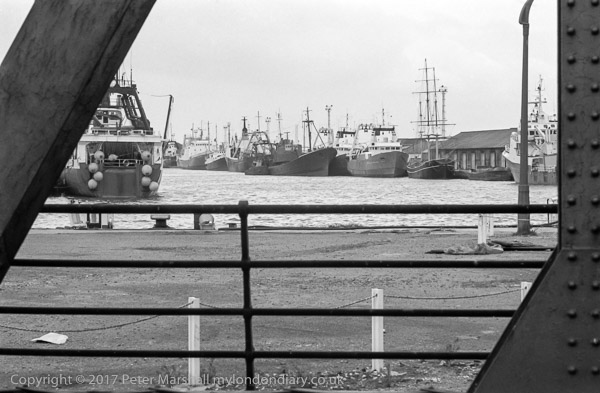
32q11: Albert Dock from swing bridge, 1982 – Docks
6th May 2017
Humber Dock is now Hull Marina, and crowded with yachts. The distinctive tall 3-bay No.13 warehouses on Railway Dock are still there along with some of the city centre buildings on the horizon, but the rest have long gone.
Another small ship is moored beyond the Coquet Mouth but few details are visible, and this side of the dock is otherwise empty. The Coquet Mouth is a small (171 Gros tons, 30.84m × 7.85m) Grab Hopper Dredger, presumably there to dredge the DOck for use as the marina. She was built in 1955 by W.J. Yarwood & Sons Ltd at Northwich and a few years ago was still working at Goole.
She replaced an earlier dredger of the same name which was sunk by a mine in 1940, which got its name from the River Coquet, which flows into the North Sea at Amble, Northumberland. The ship was on sale in 2012 for £ 54,995 described as a Barge Mooring Vessel for possible conversion to a houseboat, but is I think still around, with some fairly recent images showing her in dock at Hull and on the Humber.
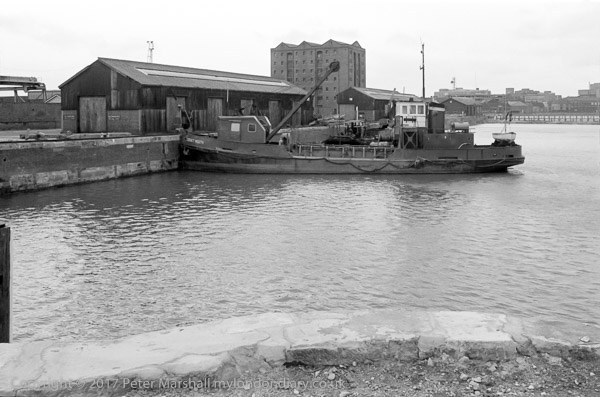
32q13: Humber Dock from Wellington St, 1982 – Docks
7th May 2017
Inge, moored here in Albert Dock in 1982 had a small taste of fame when she was hired to make a Christmas episode of ‘Only Fools and Horses’, ‘To Hull and Back’ in 1985, in which Del and Rodney go in it from Hull to Holland with experienced sailor Albert – whose experience turns out to have been only in the engine room rather than on the bridge – to buy diamonds with counterfeit cash to smuggle back to Hull, getting lost in the North Sea on both outward and return journeys.
Coming back they follow the Hull – Zebrugge roll on – roll off ferry MV Norland but at first this takes them to Zeebrugge rather than Hull – so they wait and follow it home. I rather suspect the Inge would not have been capable of keeping the ferry in sight for long with the ferry’s maximum speed of 19 knots.
Inge was owned by Humber Divers and used for survey work both in 1985 and when I took this picture in 1982. The divers used it to explore a number of wrecks along the east coast – particularly World War II aircraft – where a smaller vessel than their main one was adequate. The company went in to voluntary liquidation in the late 1970s.
At the right is the Albert dock entrance.
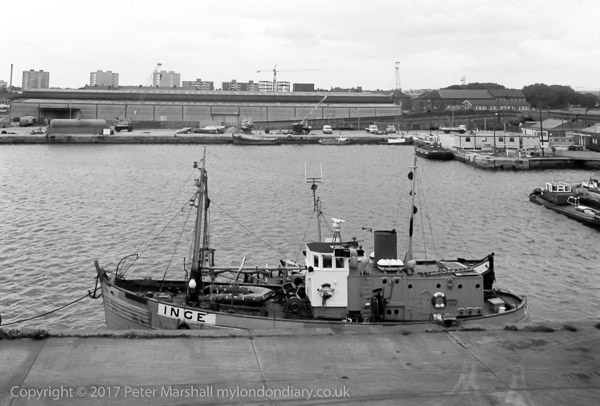
32q31: Inge moored in Albert Dock, 1982 – Docks
8th May 2017
The public footpath, now part of the Trans Pennine Trail, is on the extreme left of the picture behind the fence and the view is along most of the three blocks each of 7 barrel vaults beside the Humber, though it gets hard to distinguish the roofs in the distance. The curve of the Humber shore with Hull’s Eastern Docks and then the cooling towers at Saltend and on towards Spurn still looks similar today, though with rather fewer cranes.
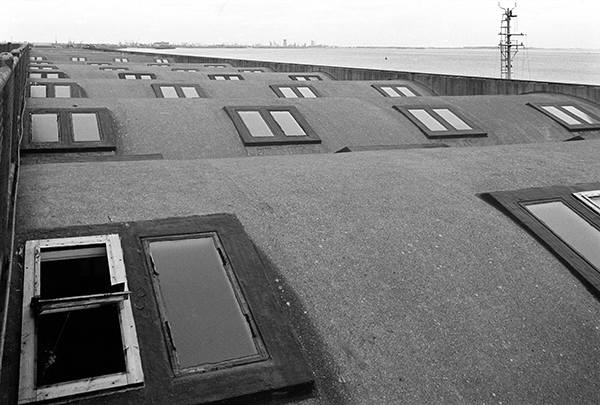
32q42: Public footpath across roofs of dockside buildings, Albert Dock, 1982 – Docks
9th May 2017
From the public footpath on top of the dockside sheds between Albert Dock and the Humber I could see a small vessel moored in the river, its anchor chain clearly visible in a large image, but its name just too indistinct to make out. It appears to be a coastal tanker, similar to those often seen in the River Hull and making their way up the Humber towards Goole. Although static, he ship has a slight wake as the tide flows out past it, and its outline disturbs the otherwise careful near-symmetry of the composition.
The opposite bank appears to be fairly empty, except for trees, though in the distant haze above the bank above the bridge of the ship I can see the towers of oil refineries, presumably the Lindsey refinery at North Killingholme and its neighbouring Humber refinery at South Killingholme, though these are invisble on the small web image. To the right is a tall chimney and further right still a long line of buildings.
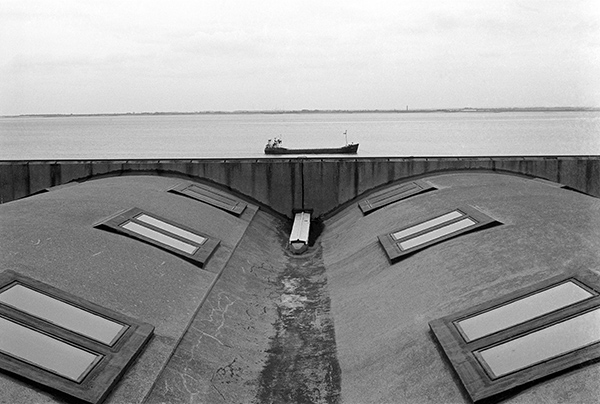
32q66: Dockside shed roofs and the Humber, Albert Dock, 1982 – Docks
10th May 2017
A picture from a virtually identical viewpoint to one posted earlier from another walk along Bankside, taken through the gate to a wharf on the River Hull at Hull Exhaust Centre but with a landscape rather than a portrait view which gives a very different picture. Included at the right of this image are a number of moored barges, the Croda Isis Oil Mill and closer buildings which I think are a part of the Reckitt’s ultramarine works, established here in 1884.
One of the barges clearly has the name ‘TIT’ and the number 52 on its stern, and the closest vessel is possibly ‘JOLLY ?’. At the left of the picture the sheds on the west bank are clearly more modern, and beyond the Exhaust Centre is a van for Firdale Foods, a Boston, Lincs based meat and poultry company which was dissolved in 2000.
The Grade II listed Isis Oil Mill in Morley St were built in 1912 for Wray, Sanderson & Co (architects Gelder & Kitchen.) In 1947 the company became part of Premier Oil and Cake Mills Ltd and was acquired by Croda in 1967. In 1985 it was bought by Cargill Ltd and is still in business crushing rape to make rape seed oil and other products.
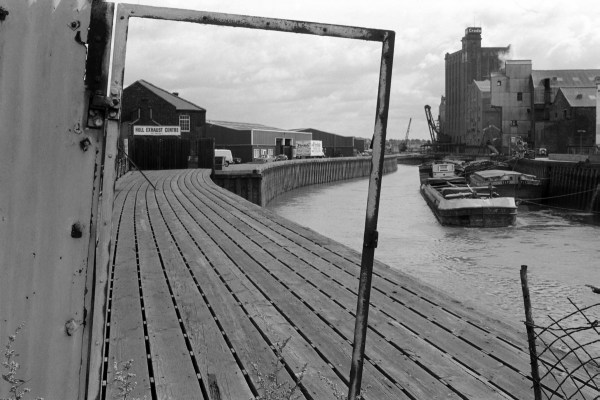
32r15: Hull Exhaust Centre, River Hull and Croda Isis Mill from Bankside, 1982 – River Hull
You can see the new pictures added each day at Hull Photos, and I post them with the short comments above on Facebook.
Comments and corrections to captions are welcome here or on Facebook.
Continue reading Hull Photos: 4/5/17-10/5/17
